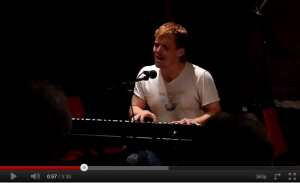The sexual revolution has both direct and indirect effects on Unitarian Universalism. Persons who were part of Unitarian Universalism experienced the sexual revolution in their personal lives, the work place, etc., and these experiences indirectly affected Unitarian Universalism; since experiences are not peculiar to Unitarian Universalists, strictly speaking they do not relate to the history of the sexual revolution within Unitarian Universalism.
When I think about those aspects of the sexual revolution that most directly affected Unitarian Universalism, I think of the following, in no particular order: sexuality education, sexual experimentation, LGBTQ rights, theological stances, feminism and the Women and Religion movement, marriage and divorce. Each of these aspects of the sexual revolution had a direct impact on local congregations and the denomination as a whole, as well as on individual Unitarian Universalists.
For each of these aspects of the sexual revolution, I have tried to brainstorm a list of where we might find relevant documents dating from the era 1965-1985.
For all these topic areas, Unitarian Universalist periodicals from that era that should be reviewed for relevant materials, and the two official denominational periodicals, UU Register-Leader (to 1970) and UU World (1970 on), are of primary importance. Independent publications which may contain relevant material include First Day’s Record, published by and for clergy, and Unitarian Universalist Voice. Congregational newsletters may also have relevant information; since there are probably tens of thousands of such documents, a researcher can only sift through a small portion of them.
Here, then, are some preliminary ideas of where we might find documentation dating from 1965 to 1985 on the general topic of the sexual revolution: Continue reading “Finding documents relating to the sexual revolution within UUism, 1965-1985”

